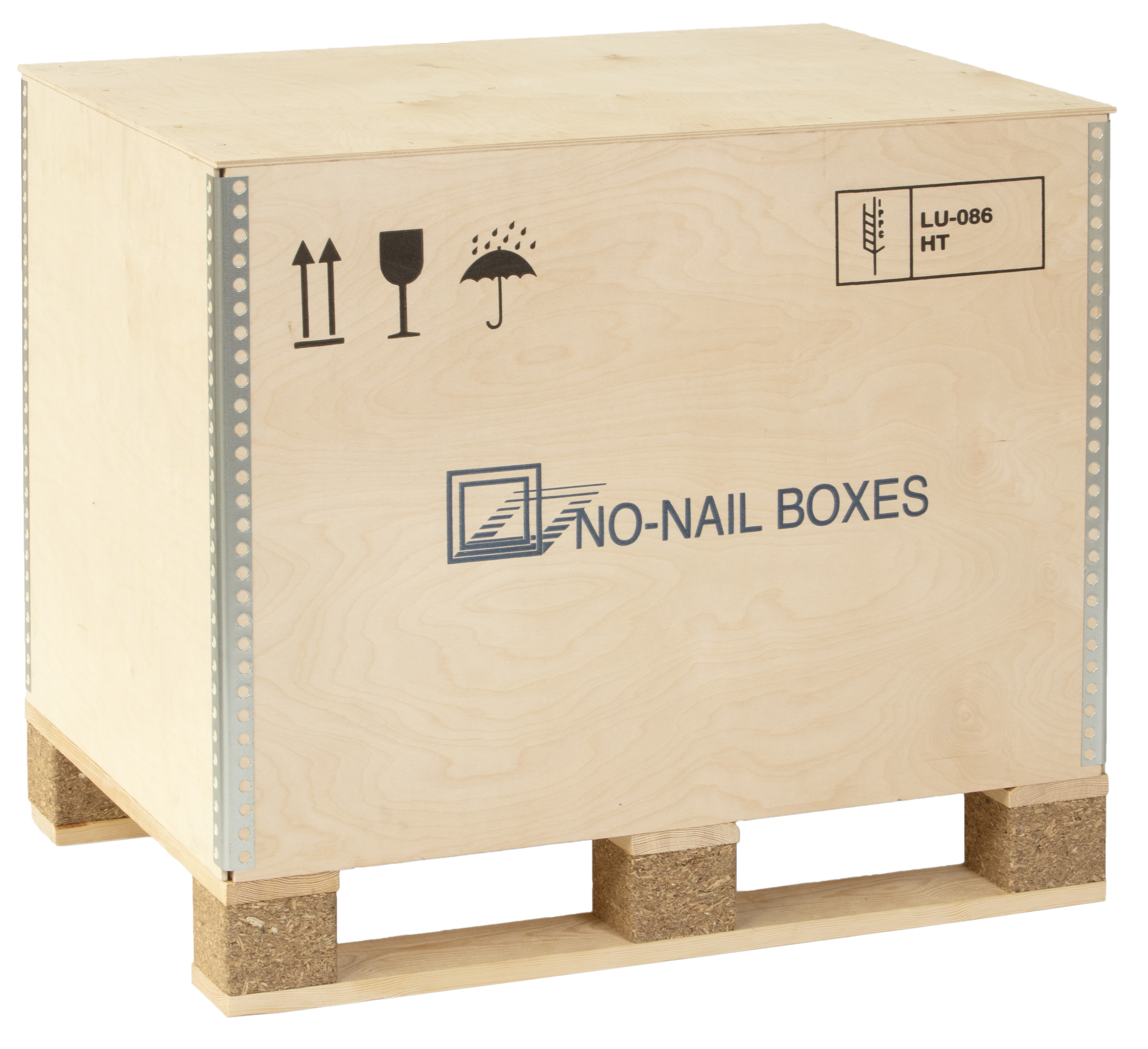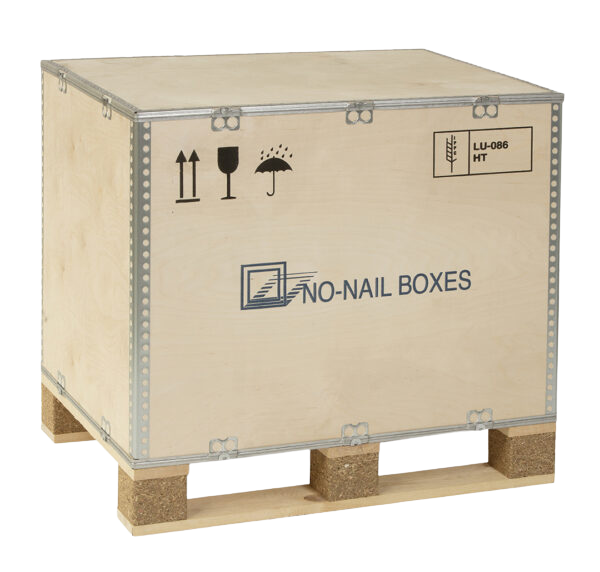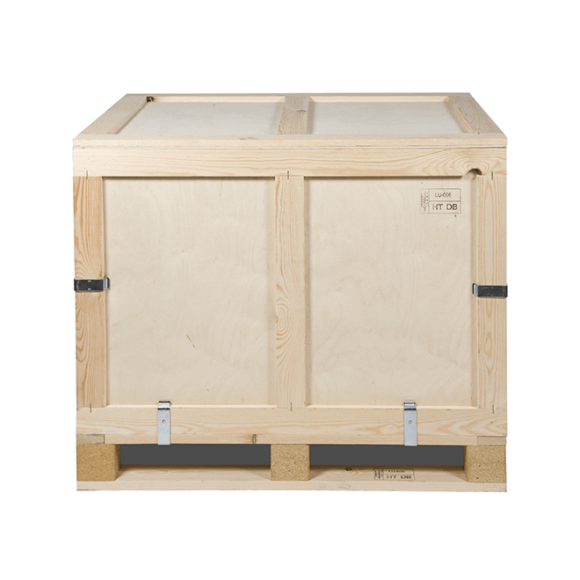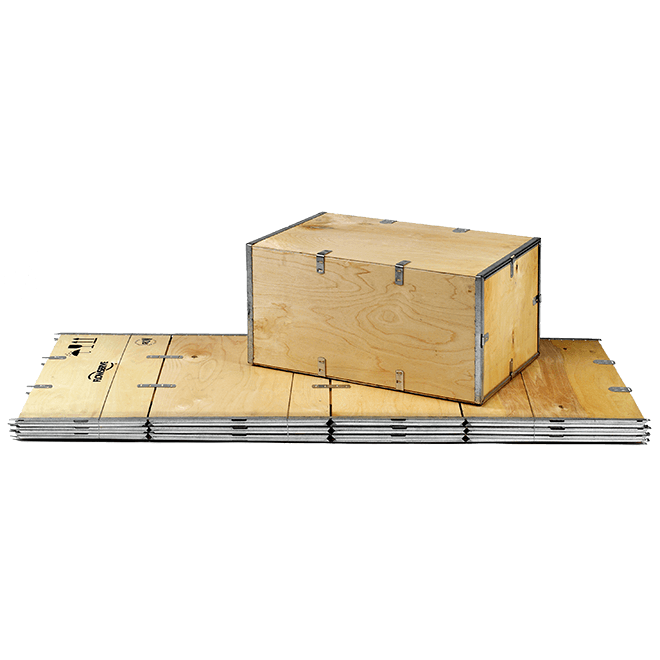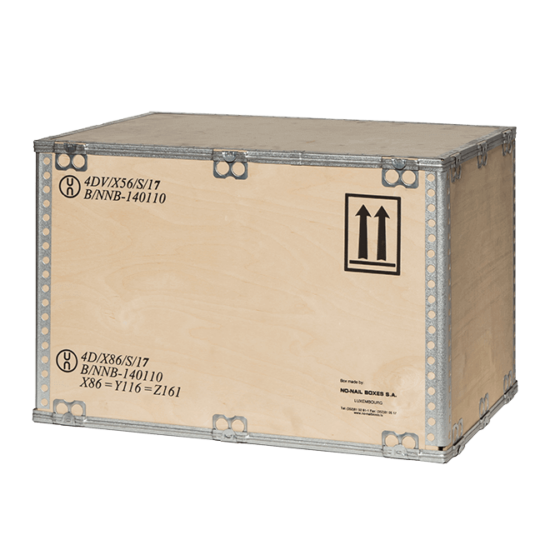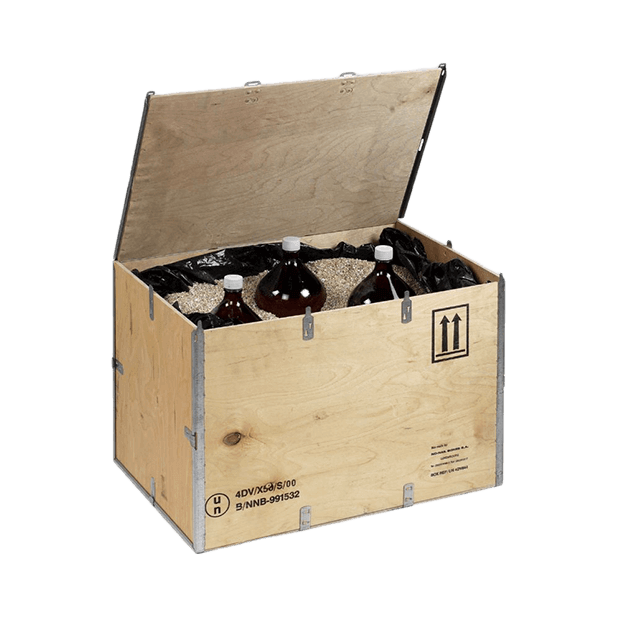ISPM 15 standard wooden box
The role of ISPM 15 wooden boxes in international trade
International trade relies on the ability of businesses to transport their goods safely across borders. However, wooden packaging used for transportation presents specific risks, particularly the spread of pests from one country to another. This is where the ISPM 15 standard plays a crucial role, becoming essential for exporting companies. By ensuring that the wood used for packaging is free from pests, the ISPM 15 standard helps secure the flow of goods.
As a leading player in the industrial wooden packaging sector, NO-NAIL BOXES offers boxes compliant with this standard, providing businesses with customized solutions for their international shipments.
Table of Contents:
- The Importance of ISPM 15 Compliance for Sustainable Development
- Focus on the Treatment Process for ISPM 15-Compliant Wooden Boxes
- Practical Application: When and Why to Use an ISPM 15-Compliant Wooden Box?
- Economic Impact of the ISPM 15 Standard on Exports
- NO-NAIL BOXES’ Additional Commitments to Quality and Safety
- How to Choose Your ISPM 15-Compliant Wooden Box with NO-NAIL BOXES?
- Anticipate the Challenges of International Trade with NO-NAIL BOXES’ ISPM 15-Compliant Wooden Boxes
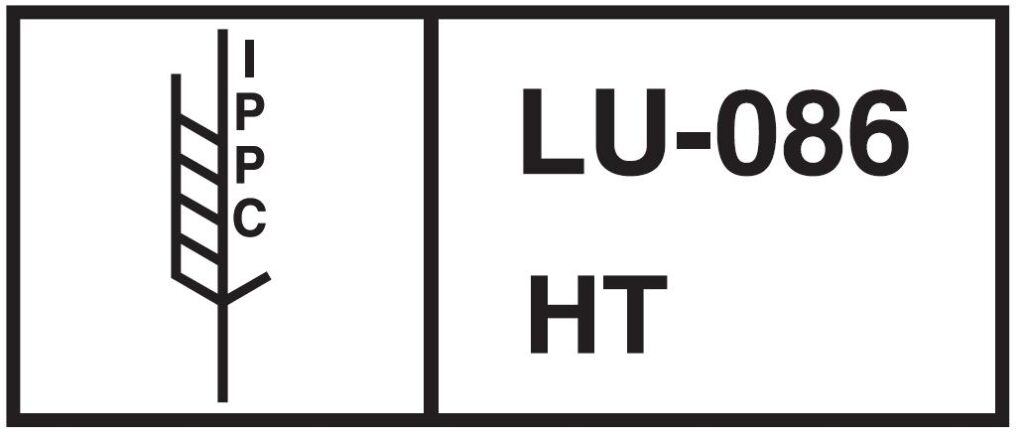
The Importance of ISPM 15 Compliance for Sustainable Development
The ISPM 15 standard does more than just protect trade; it actively contributes to biodiversity conservation. By preventing the spread of pests, this standard safeguards the local ecosystems of importing countries against biological invasions that could disrupt crops and wildlife. For a company, complying with ISPM 15 means committing to a sustainable development approach—an essential step in a world where environmental concerns are increasingly pressing.
With its ISPM 15-compliant wooden boxes, NO-NAIL BOXES plays a key role in this initiative. By ensuring that each packaging solution meets the strict criteria of the standard, the company helps reduce the ecological impact of international trade while providing its clients with a reliable and sustainable solution.
ISPM 15-Compliant Wooden Boxes
Focus on the treatment process for ISPM 15-compliant wooden boxes
Compliance with the ISPM 15 standard relies on a rigorous treatment process for wooden boxes. Two primary treatment methods are used: heat treatment and fumigation.
- Heat treatment involves heating the wood to a temperature of at least 56°C (132.8°F) for 30 minutes. This process eliminates any potential pests without using chemicals, making it particularly suitable for sensitive goods.
- Fumigation, on the other hand, uses chemicals such as methyl bromide or sulfuryl fluoride to eradicate pests. While this method is faster, it requires strict precautions to ensure the safety of both users and recipients.
At NO-NAIL BOXES, we strictly adhere to these treatment procedures for all our ISPM 15-certified wooden boxes. Each step is carefully controlled to ensure full compliance with international regulations, helping businesses avoid any customs clearance issues.
When and why should you use an ISPM 15-compliant wooden wox?

NO-NAIL BOXES’ additional commitments to quality and safety
NO-NAIL BOXES relies on recognized certifications such as ISO 9001 (quality management) and ISO 14001 (environmental management) to ensure the reliability of its boxes. These certifications demonstrate the company’s commitment to delivering products that meet the highest standards of safety and quality.
For each box produced, rigorous inspections are carried out to ensure compliance with ISPM 15 markings, including the country code, producer code, and treatment symbol. NO-NAIL BOXES also supports its clients in understanding regulations and customs requirements, providing personalized service to simplify the management of international shipments.
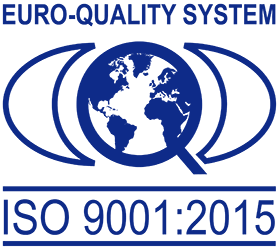
How to choose your ISPM 15-compliant wooden box with NO-NAIL BOXES?
Anticipate the challenges of international trade
- The ISPM 15 Standard: A Must for the Environment and Exportation
- NO-NAIL BOXES’ ISPM 15-Compliant Box Solution for Secure International Transport
